In this guide, I’ll share what you can do in both places, how much time you should ideally spend, and practical tips to help you decide if these destinations deserve a spot on your itinerary.
Should You Visit Kota Kinabalu & Kundasang?
Kota Kinabalu is often seen by foreign tourists as just a transit point to the real highlights of Borneo. Many leave as soon as they arrive, assuming there’s not much to do. But if you have a couple of days to spare, it can be worth sticking around.
Kundasang, on the other hand, is a cooler and more peaceful alternative to other destinations in Sabah. It offers scenic mountain views and relaxed hiking options, making it a great escape from the heat and crowds.
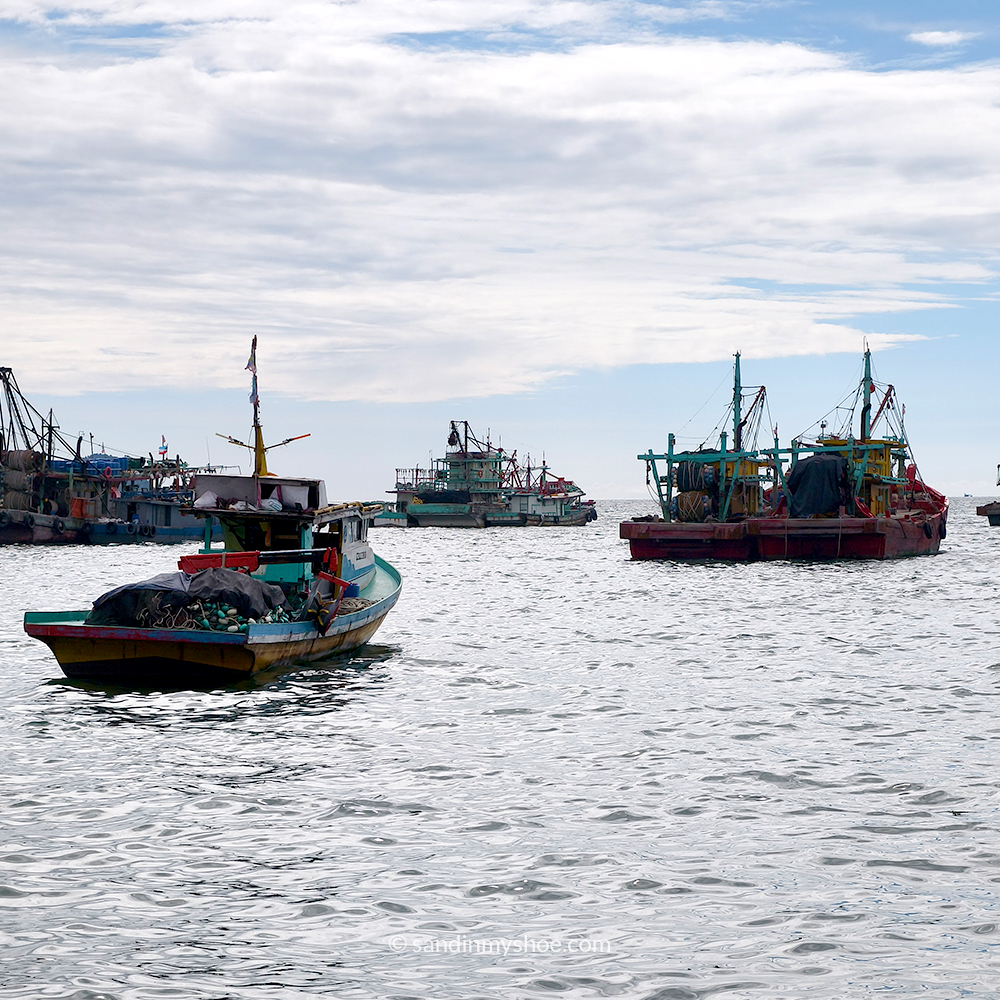
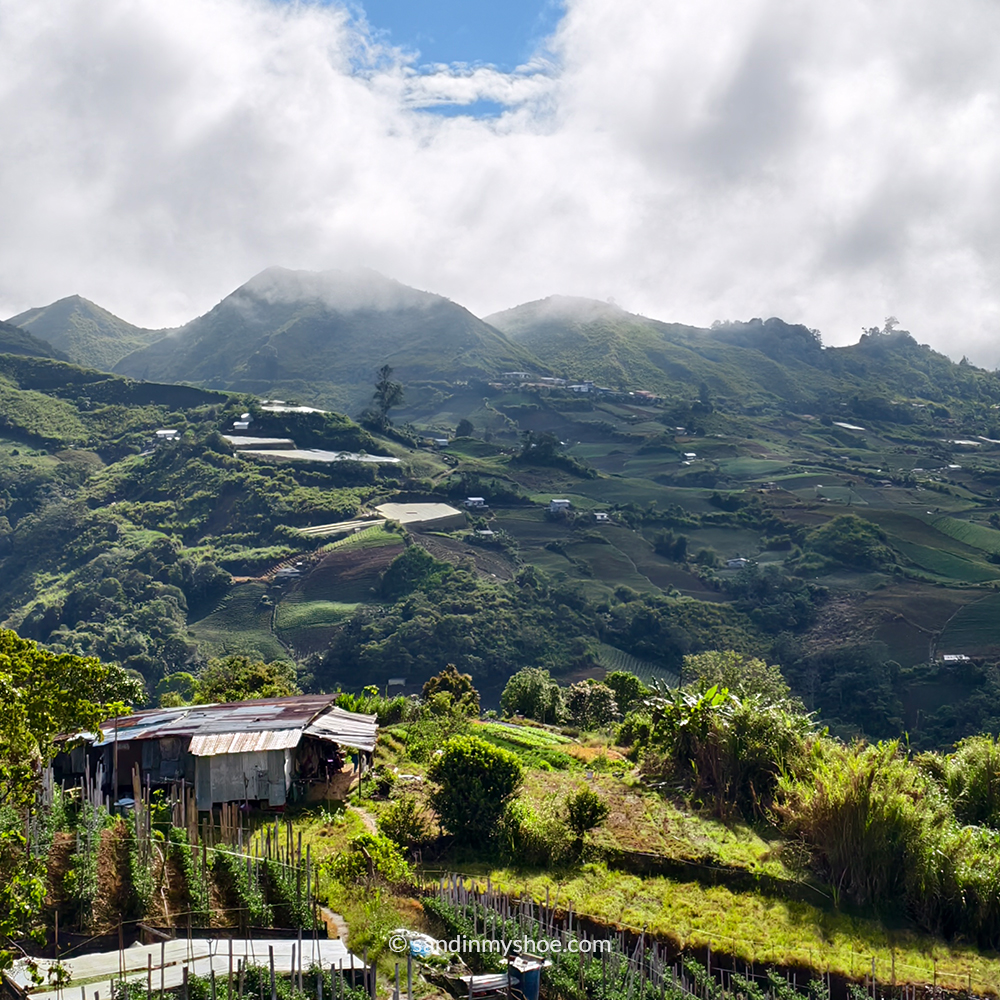
If you’re short on time, you may want to focus on Borneo’s major attractions like the Borneo Safari in Kinabatangan, Sepilok Orangutan Rehabilitation Centre, or diving and snorkeling around Semporna. But if you’ve got a few extra days, visiting Kota Kinabalu Kundasang can add a nice mix of culture and nature to your trip.
Kota Kinabalu
As the largest city in Borneo, Kota Kinabalu (nicknamed KK) serves as the main gateway to the island. It’s a bustling urban hub with a laid-back vibe, offering a mix of cultural experiences, lively markets, and easy access to stunning nearby islands and natural attractions.
Best Time to Visit Kota Kinabalu
The best time to visit Kota Kinabalu and Borneo is during the dry season, March to October, with July to September offering the clearest weather.
Borneo
Best Things to Do in Kota Kinabalu
Kota Kinabalu is perfect for island hopping, with easy boat trips from the docks to nearby islands like Manukan and Sapi for beaches and snorkeling. You can also visit the Mari Mari Cultural Village to learn about Sabah’s indigenous traditions. Don’t miss experiencing the city itself — enjoy the lively waterfront, local markets, and fresh seafood for a true Kota Kinabalu vibe.
Travel Map Overview
Island hopping
Island hopping in Kota Kinabalu is one of the top things to do, thanks to its proximity to the Tunku Abdul Rahman Marine Park, which includes popular islands like Manukan, Sapi, Mamutik, Gaya, and Sulug. The boat transfers leave from Jesselton Point Ferry Terminal, which is right in the city.
Pricing & Tickets
Prices are generally quite similar across all operators and typically include the return boat ride but not the entrance fees. Here’s a rough breakdown:
- Return boat transfer:
– 1 island: RM30–RM40
– 2 islands: RM40–RM50
– 3 islands: RM50–RM60 - Terminal fee: RM7 (one-time fee, paid at Jesselton Point)
- Conservation fee (Tunku Abdul Rahman Park):
– Malaysians: RM5 (adult), RM3 (child)
– Non-Malaysians: RM20 (adult), RM15 (child)
(Paid once, regardless of the number of islands visited in a day)
Snorkeling gear rental is available at Jesselton Point or on the islands for around RM10–RM25.
Other Useful Info
- Boat schedule: First boats leave around 8:00 AM, and the last return boats are usually by 4:00–4:30 PM.
- No fixed boat times: Operators usually wait until boats are full, so mornings can be busier.
- Food: Manukan and Sapi Islands have basic food stalls and facilities; Mamutik and Sulug are more rustic.
- Best time to go: Try to visit on a weekday to avoid the crowds, especially local weekenders.
Bring your own water, sunscreen, towel, and cash, as there are no ATMs on the islands.
Markets by the docks
Great place to browse local food, snacks, and souvenirs. You can even get your clothes repaired by one of the many local tailors working near the market.


Mari Mari Cultural Village
Learn about Sabah’s traditional tribes through live demonstrations and village tours.
Monsopiad Heritage Village
A more low-key cultural experience showcasing the Kadazan warrior history. Less crowded experience.
How Much Time to Spend in Kota Kinabalu
2 full days is enough. There isn’t a huge amount to do beyond this, but it’s a good way to ease into Sabah or relax before heading out to more remote areas.
- Day 1: Island hopping.
- Day 2: One cultural village and markets.
How to Book Activities in Kota Kinabalu
For a hassle-free experience, you can book your activities directly through GetYourGuide below.
Where to stay in Kota Kinabalu?
The accommodations featured here are selected based on personal experience or thorough research. Each option provides excellent comfort, location, and service while delivering the best value for your money.
Kundasang
A very friendly and sleepy little town. Not the most walkable place, but the laid-back vibe makes up for it. Things get quiet after sundown. I walked around the roads around Sundakang and enjoyed beautiful views of the surrounding farmland. It’s a genuinely welcoming place—almost everyone I passed greeted me with a smile.
If you’re not traveling solo or don’t have the budget for it, consider renting a car—it will make everything much easier and more affordable when you’re in a group.
Best Time to Visit Kundasang
Kundasang enjoys a cool mountain climate, with mild days and chilly nights year-round. Nights feel particularly cold from November to February, the wetter season. The drier months generally run from March to October, with April to June offering the most consistent clear weather.
Kundasang
What to Pack for Kundasang
It’s a good idea to pack layered clothing—like a warm jacket, long-sleeve shirts, and pants—to stay comfortable. If you’re visiting during the cooler months or planning early morning or evening activities, bring extra warm items like a hat and gloves. Don’t forget sturdy shoes for hiking and exploring the area.
Why Visit Kundasang
The highlight here is Mount Kinabalu, but climbing it can be expensive—especially if booked last minute. I saw prices around €500 for non-malaysians for the 2-day hike, which made me opt for hiking in the area instead. The cooler weather makes it a pleasant experience, and the views are still stunning.
That said, most hikes are paid, even to small hilltops, and a mandatory guide is many times required—even for easy trails. While I find that a bit annoying, I still found some of the hikes enjoyable and simply walking around the village roads and soaking in the local life is quite nice as well.
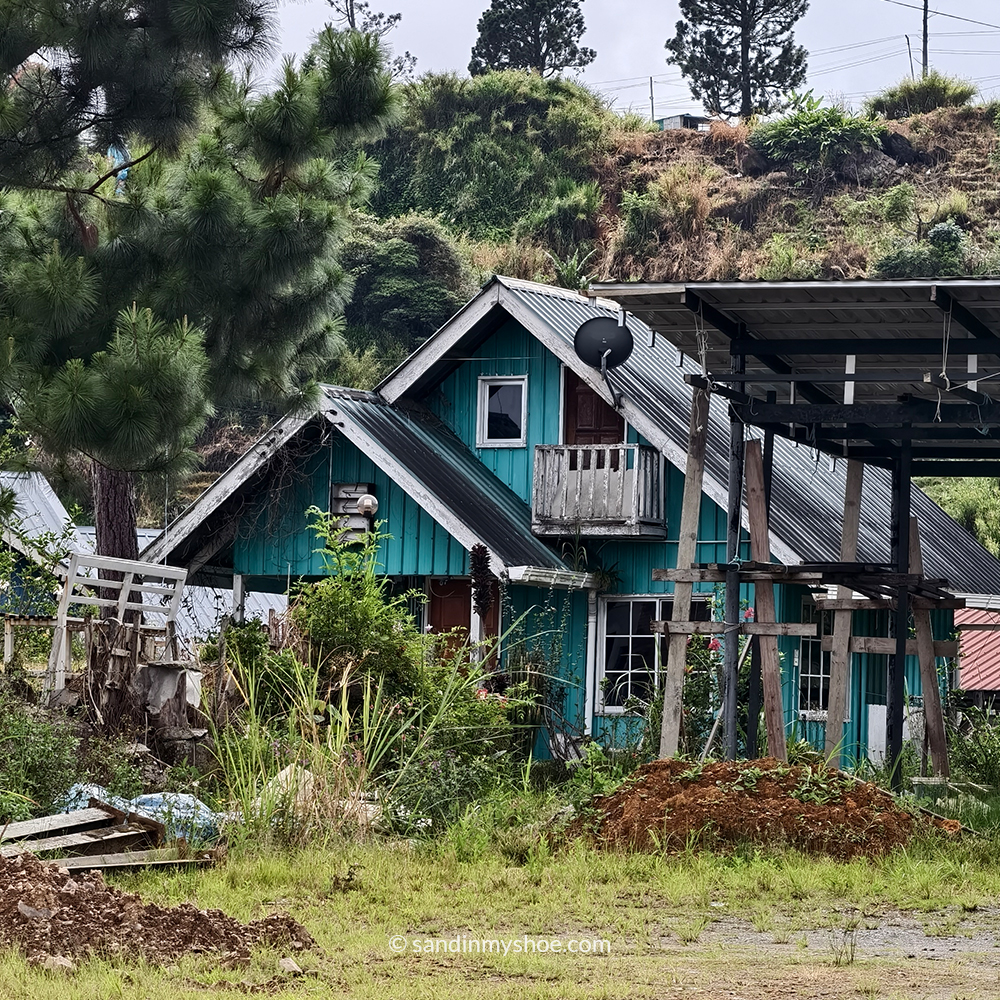
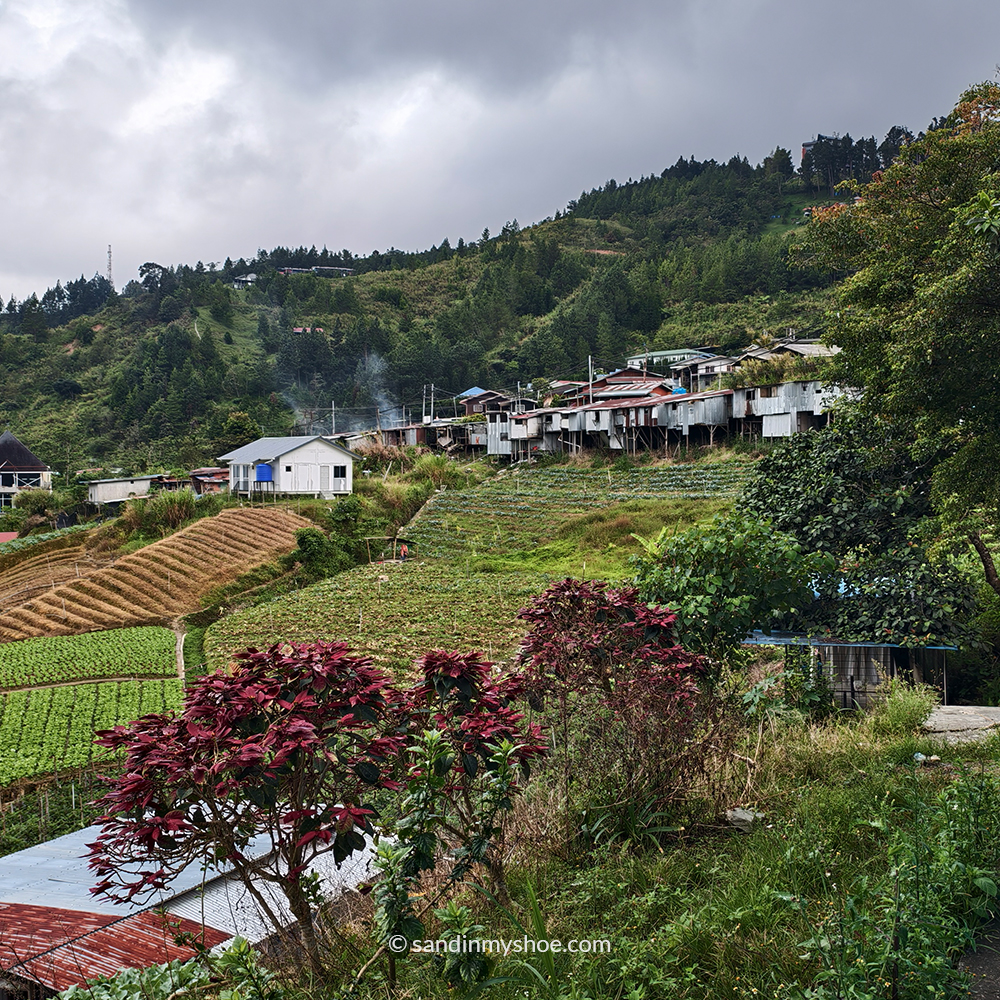

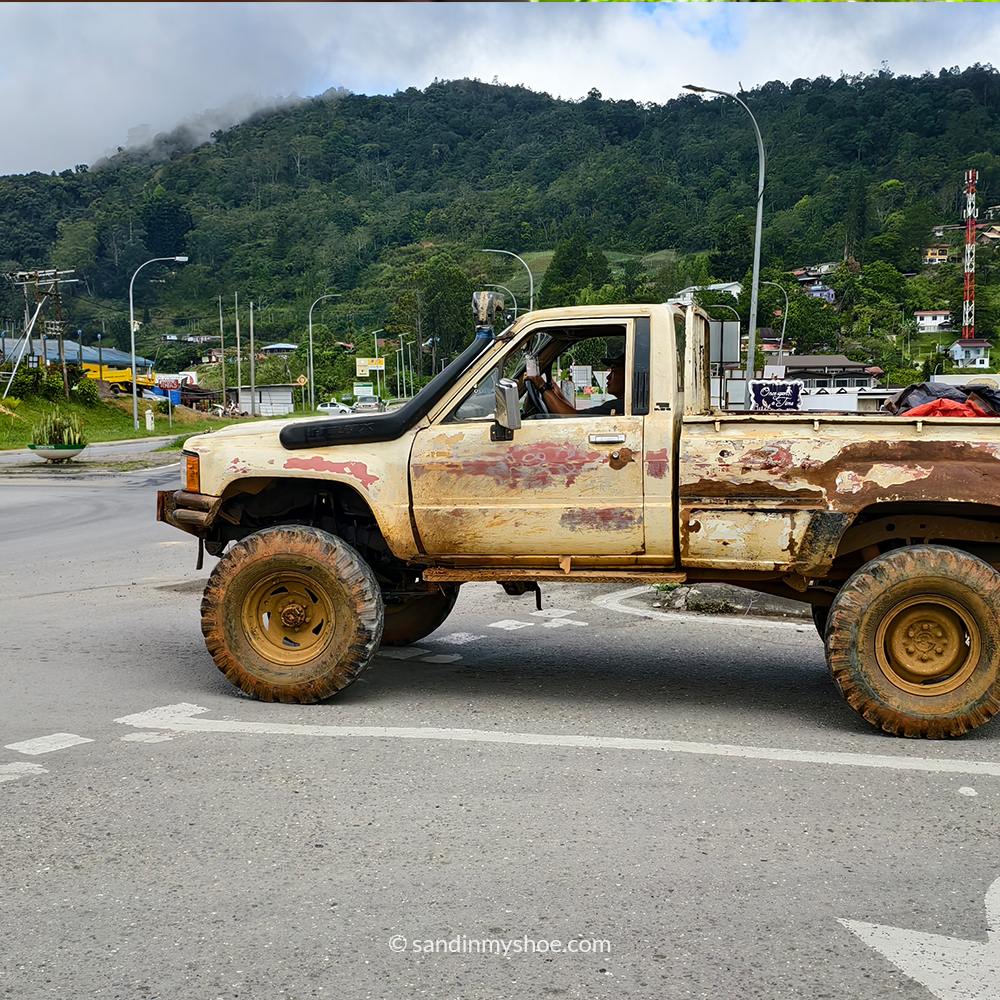
Best Things to Do in Kundasang
- Kinabalu Park – Easy and scenic hikes, surrounded by nature. There is botanical garden here as well with insect eating plants! Best time to visit the botanical garden would be around 15:00 in order to avoid the masses of tourists that come with buses.
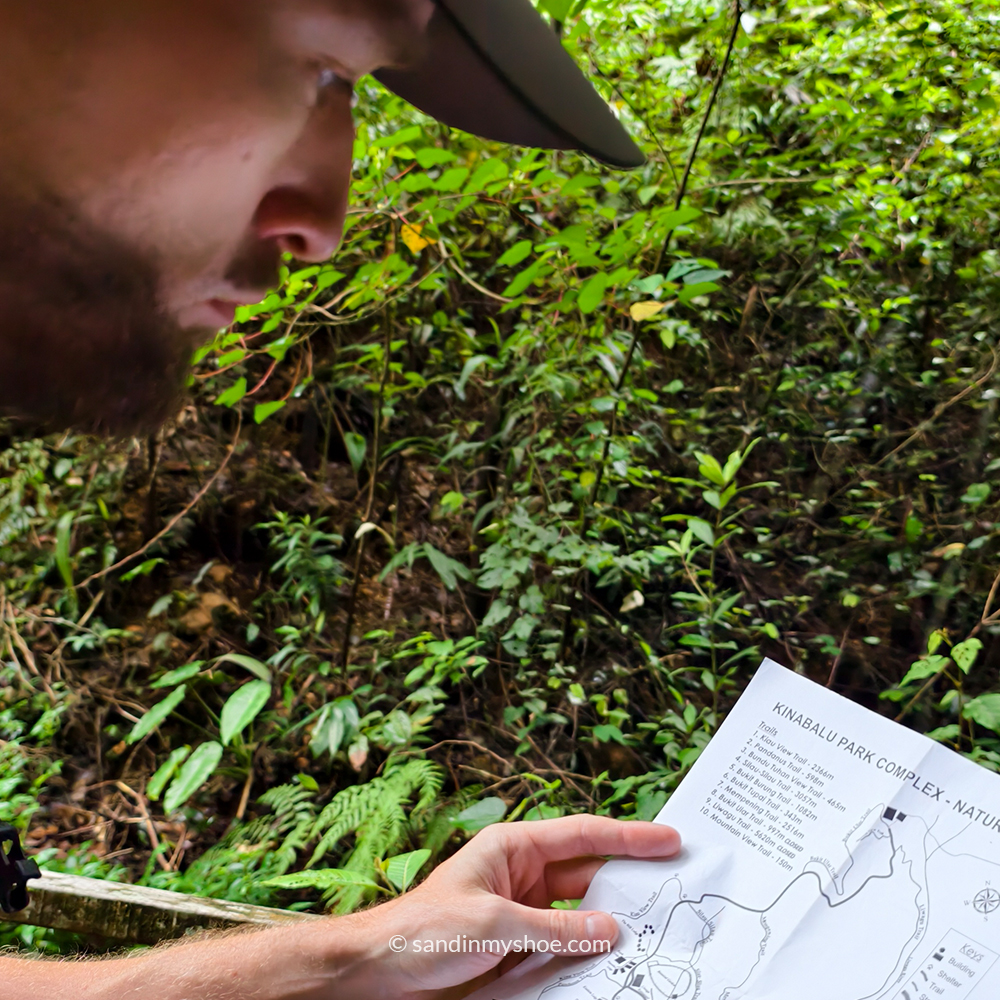
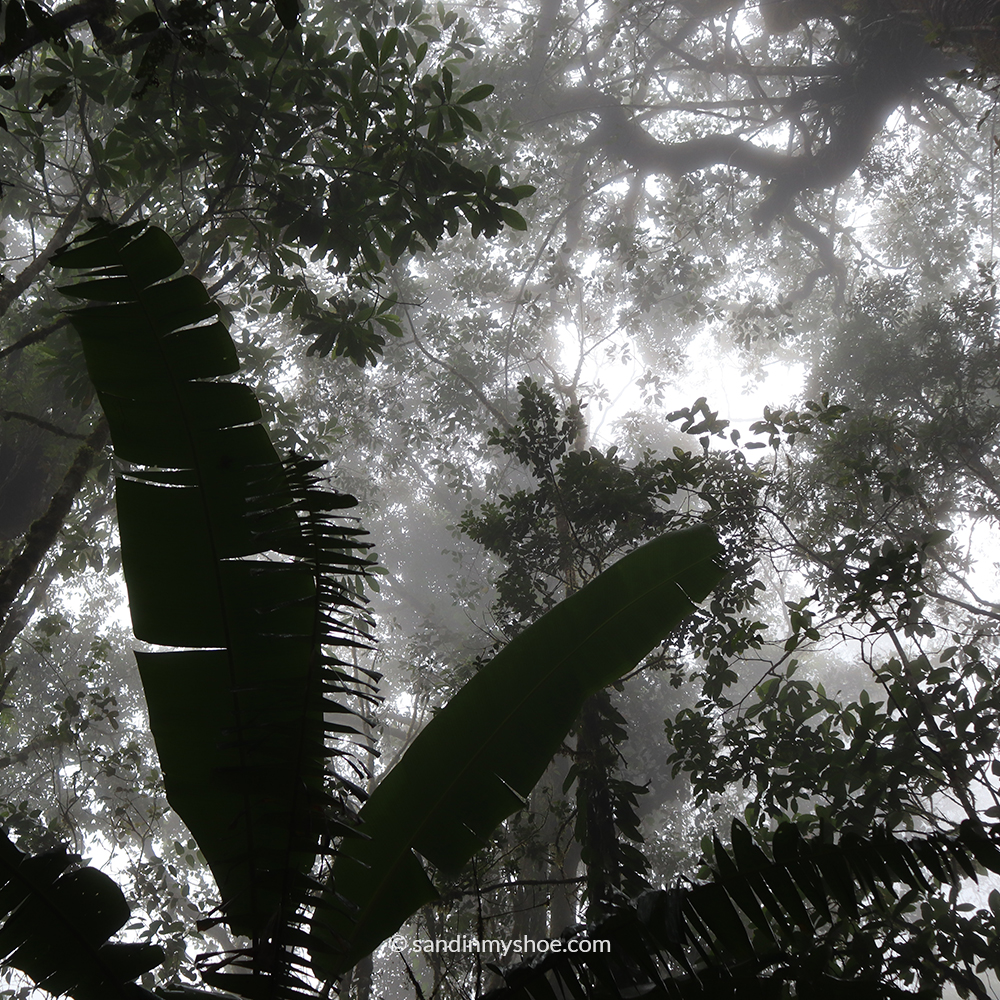
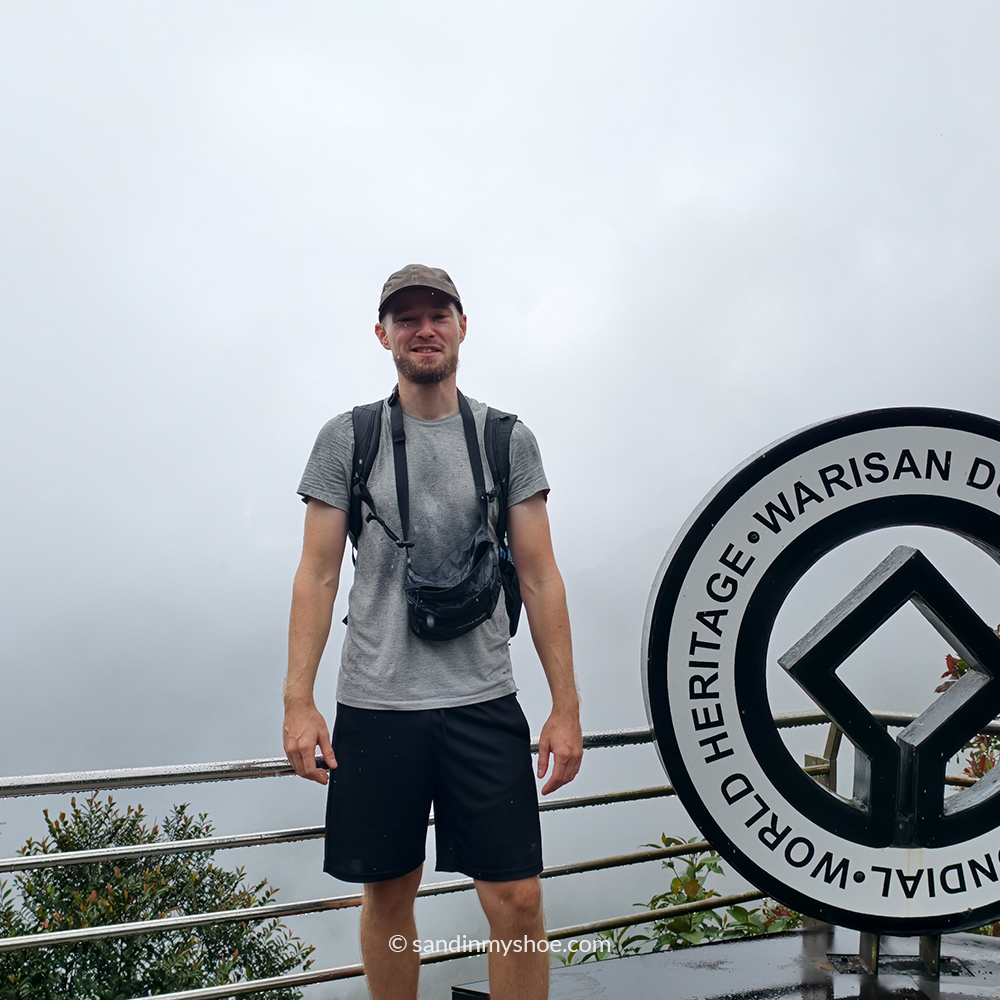

- Kundasang – Walk around and enjoy the surroundings of Kundasang.
- Maragang Hill – A great alternative to the Mount Kinabalu summit. Requires a permit and guide, but the views are worth it.
- Poring Hot Springs – Artificial but outdoor hot springs. Nice for relaxing after a hike.
- Desa Cattle Farm – If you haven’t been around cows much, this could be fun. Personally, I’ve seen enough cows back home, so I skipped it.
- Alpaca petting – Yes, you can cuddle alpacas here!
Travel Map Overview
How to Book Activities in Kundasang
For a hassle-free experience, you can book your activities directly through GetYourGuide below.
How Much Time to Spend in Kundasang
If you’re not climbing Mount Kinabalu, 2 full days in Kundasang is more than enough. Even 1 full day can work—just follow the Day 1 itinerary and throw in the alpaca visit if you have time.
Day 1
- Morning: Visit Kinabalu Park
- Lunch
- Afternoon: Soak in the Poring Hot Springs
Day 2
- Morning: Hike Maragang Hill
- Lunch
- Afternoon: Visit the alpacas and cattle farm
Getting Around in Kundasang
There’s no Grab or public transport in Kundasang, so your best bet is to hire a local taxi. You’ll usually find drivers near the market or by the main road. Just negotiate the fare beforehand, as there are no meters. Rates can vary depending on distance and time of day.
Where to Stay in Kundasang
Kundasang is a small, quiet town with peaceful nights—perfect for resting. If you’re looking for more amenities, shops, or restaurants, consider staying in Ranau, which is nearby and has a bit more going on.
Getting from Kota Kinabalu to Kundasang
To get to Kundasang, head to the Inanam Bus Terminal in Kota Kinabalu and take a bus bound for Ranau or Kundasang.
Bus ticket: Around RM45. You can book bus tickets in Malaysia using Easybook.
Getting from Kundasang to Kota Kinabalu
- Bus or van from Ranau Bus Station (near the night market): This is the most reliable option, with more frequent departures.
- Flag down a van from the main road in Kundasang: Many vans are happy to pick up passengers if they have space.
- Minivan from the vegetable and fruit market in Pekan Kundasang: There’s a small van stand here, but because fewer people leave from Kundasang, it can take a while for the van to fill up. I waited for over an hour before hitchhiking to Ranau instead and catching a van from there — which worked out just fine.
Tip: Vans from Ranau usually fill up faster and leave more frequently due to higher demand, so heading there first could save you time.
Cost: RM30 per person. Vans leave when they have 7 people onboard, including the driver.
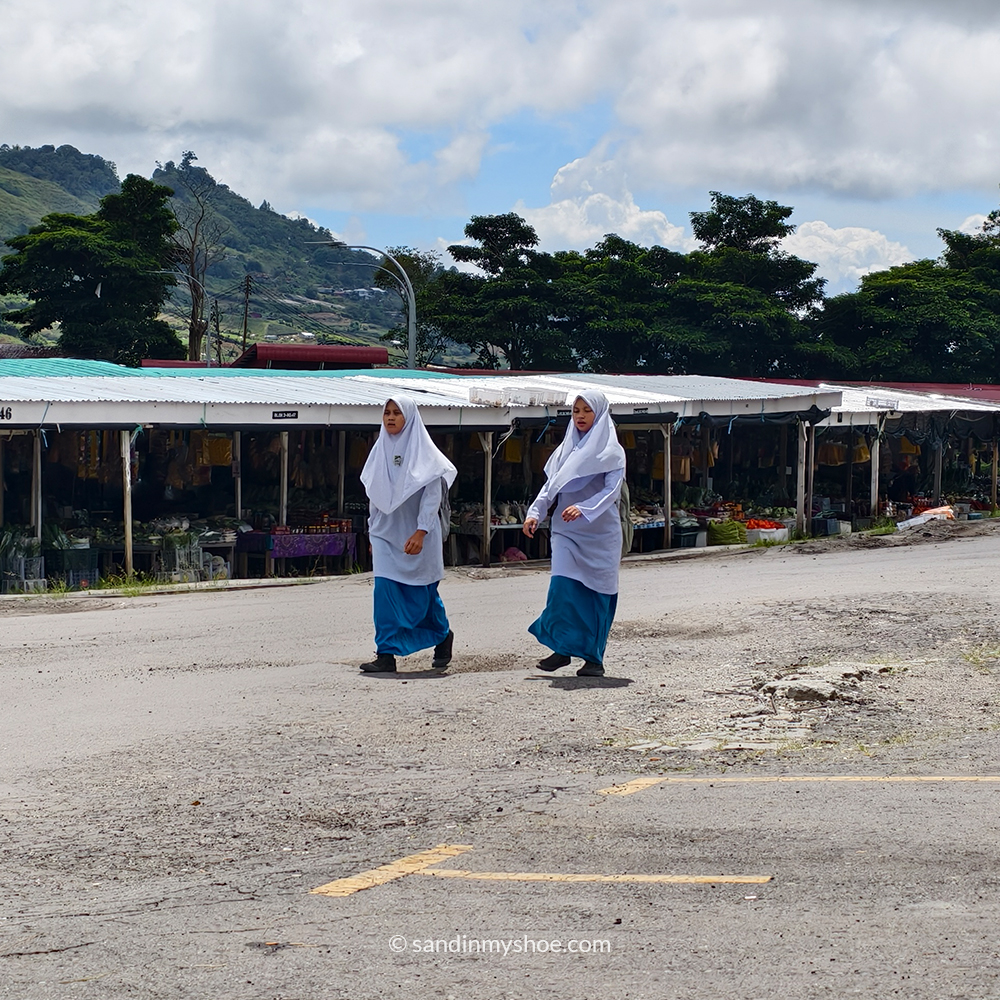

Final Thoughts on Kota Kinabalu Kundasang
While Kota Kinabalu Kundasang may not have the adrenaline-pumping experiences Borneo is known for, they still offer something special. KK gives you a touch of island life and local culture, while Kundasang offers cooler mountain air and a peaceful escape.
If you have the time, don’t skip these two. They may not be the stars of Borneo, but they make for a great supporting cast.
Where to after Kundasang?
The most natural next stop after Kundasang is Sepilok, followed by Kinabatangan. These destinations are some of Sabah’s true gems for wildlife and nature experiences.
Check out my posts for detailed guides below:


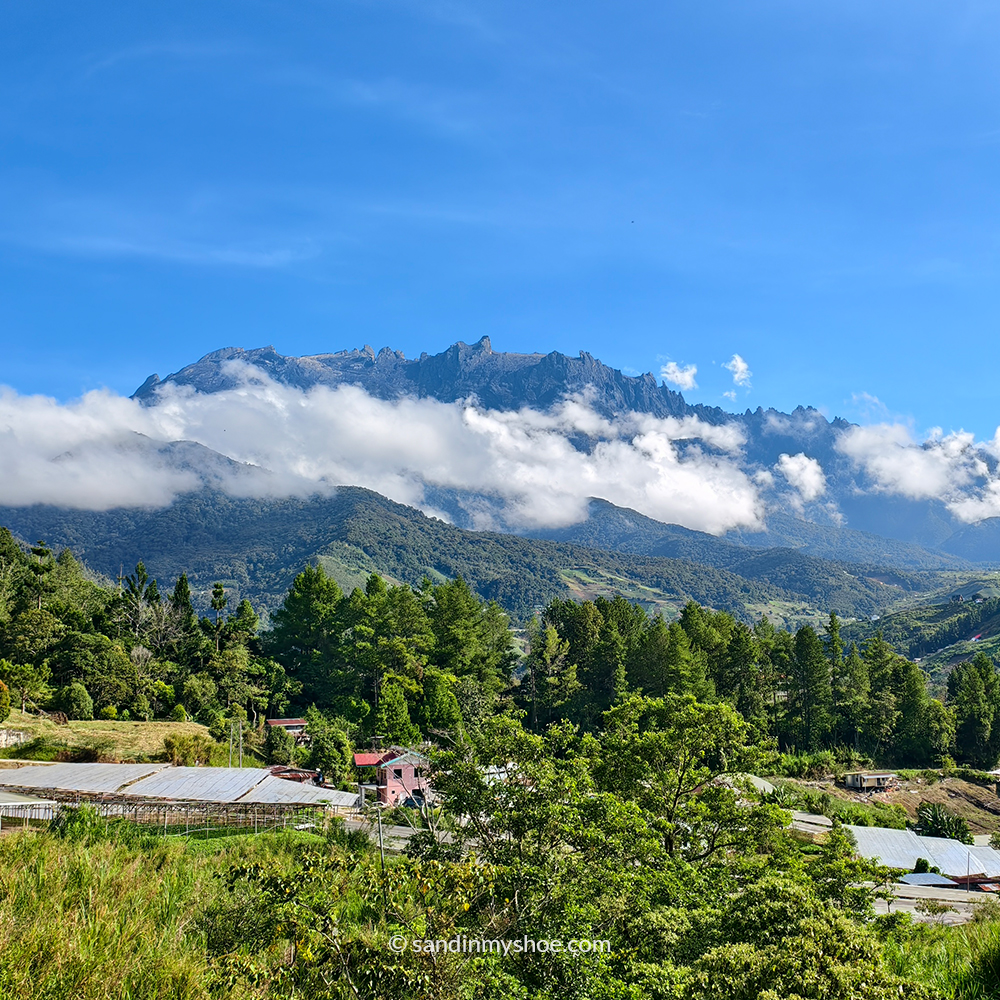
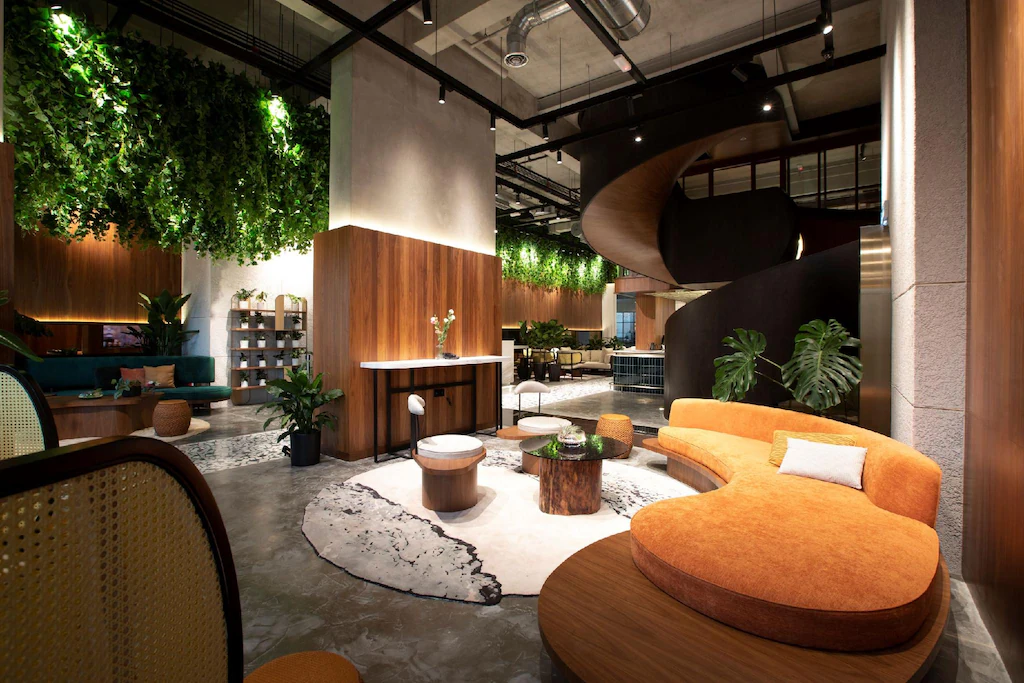

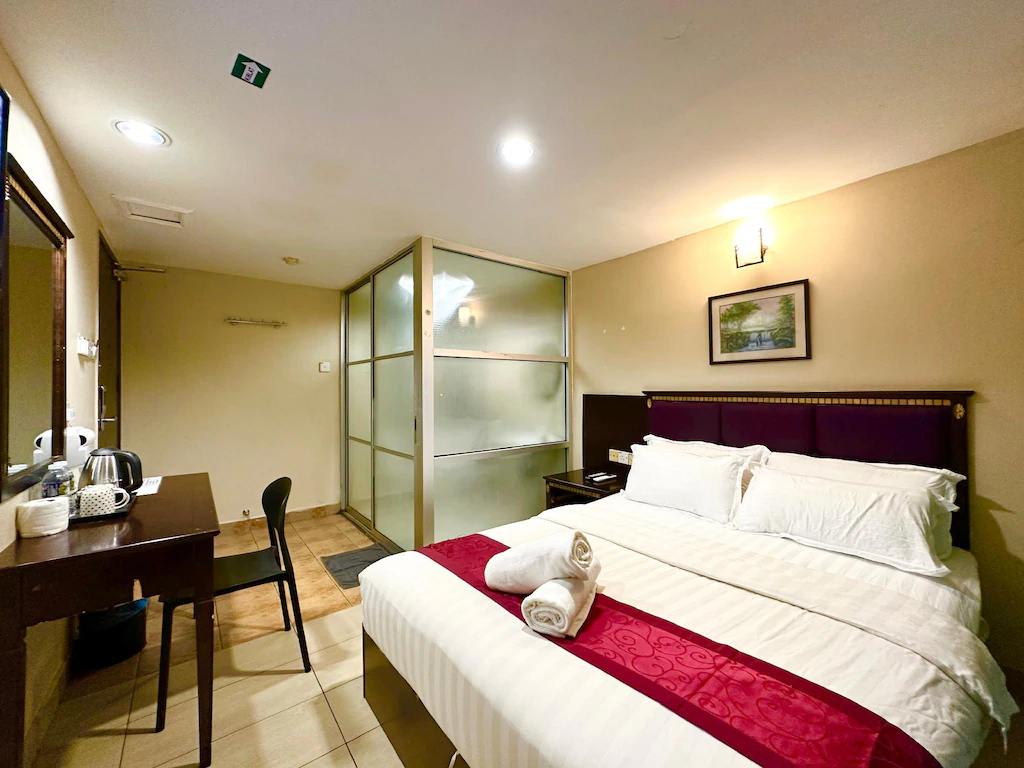


No comments yet, be the first one!
I appreciate hearing from you. If you have any suggestions, questions, or feedback, please leave a comment below. Your input helps ensure the information stays relevant and up to date for everyone.
Thank you for sharing your thoughts!